Click to view our Accessibility Statement or contact us with accessibility-related questions






PRODUCTS YOU MAY LIKE
Trending Posts in Audiophile

SsButerbal
Ringing in PC38X's
I recently got this headset, and wow is it good. My only issue is when certain people talk on discord, I can hear a really high pitched ringing. I fiddled with a bunch of settings, computer audio and discord, and nothing seems to solve the issue. It is primarily if not all in my right ear only. Is there something wrong with my headset, or was that ringing always there I can just hear it cause the headset is THAT good? I haven't had any issues with any other application, though I have yet to test if I can hear the ringing on a different version of discord, say on my xbox instead of my pc. Only other issue I've had is occasional static, but I can't tell if it's from the headset or the show/game/etc.
Apr 24, 2024
itsamepe
Sennheiser PC37X randomly goes bad after disconnecting the cable ?
Greetings, Yesterday I was using my headset like normal with my macbook, just listening to music and on a call with people like usual, and the headset was perfectly fine. The stock wire that came with the headset is extremely long and yesterday it annoyed me very much that it kept getting tangled with itself, so I decided to see if the cable is replaceable. I pulled out the cable from the headset and saw the adapter, and looked online for a replacement. Upon plugging it back in, the audio sounded extremely muffled and washed out. Im not sure what I did wrong to make it mess up like that as I've always taken good care of it, ive had it for about 2 years and its always just been chilling on my desk, but anywho I thought the cable just went bad and ordered a replacement. The replacement came, and the issue is still persistant, so I am not sure what the issue is I've tried multiple different headsets and the issue is not with the port, and I also tried it with my windows laptop and...
Apr 23, 2024

MrChiSox
Big changes coming to my tiny little music room, I've recently purchased a new stack. Currently figuring out where to locate it all and ordering up the necessary cables, it won't be too long before I'm up and running. I am now the proud owner of a brand new stack. It's a European brand called Earmen. Amp, DAC, Streamer & Linear Power Supply. It won't be long!
https://www.youtube.com/watch?v=MB15yM4UptQ
Apr 23, 2024

Briankan
Recommendation for my next headphone set? I have Koss 95x
Hey all, What would you recommend I get next and why? I have Koss ESP-95x electrostatic massdrop headphones. These are my first and only audiophile set. I love them. I think my only real requirements is $500 or less for the headphones and that they have a little more low end. I don’t need thump but these are really light on lows…but the experience is still awesome. Also any recommendations on an amp? I only have my electrostatic thingy. I am using the Topping D50 DAC. thx!!
Apr 22, 2024

Simthaniel
Rigs
Modded headphones with qudelix at the core
When I received the Qudelix 5K, I had already modified a pair of Superlux HD-681 headphones. I previously soldered my own balanced connections to the drivers, providing multiple ways to connect and...
Apr 14, 2024

brothamike
A decent set of IEMs
I am in the midst of a 300 hour burn-in but, I will say I am enjoying how this set sounds so far. Before I received these which was btw late by a few weeks, I purchased a Sony/Kimber Kable MMCX...
Apr 12, 2024
merrick97
Should I exchange the PC38X for better headphones?
I bought the PC38X headphones FOR GAMING and they are great, but I have NO use for a Microphone since I don't do competitive gaming and I was wondering if there were better headphone options at a similar price without a headphone, where (presumably) more of the cost was put into making it sound better. I also find that my PC38X don't get quite as loud as I would like and I was wondering if a cheap amp like the iFi Go link would draw a little more volume out of my phones. https://www.amazon.com/dp/B0BN6MM822?psc=1&ref=ppx_yo2ov_dt_b_product_details I went with the PC38X since it was considered the best bang for buck headphones. I care most about using spatial apps like DOlby Atmos and DTS Headphone:X. Suggestions are welcome.
Apr 11, 2024
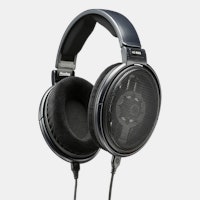
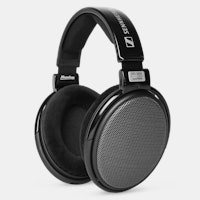

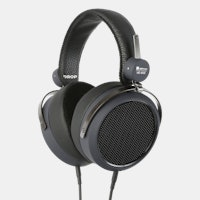
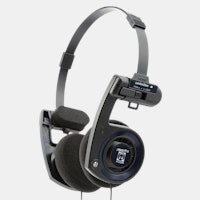
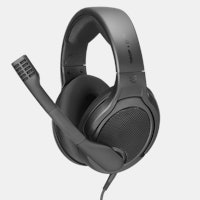
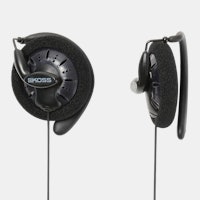
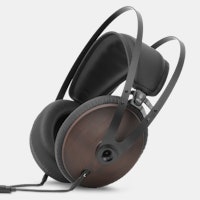
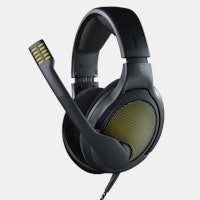
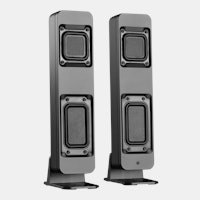
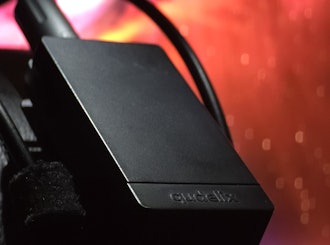
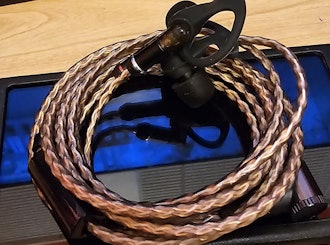
- For the amplifier check out its linearity and total harmonic distortion. The best amplifiers are those that behave the same across all frequencies (aka linear amplifiers), they are the most expensive and eat the most power, this property is found mostly in A-class amplifiers. If you think of a speaker moving back and forth, A-class amplifiers amplify both the forth and the back movement, B-class amplify only the forth movement and let the speaker come back on its own due to its elasticity, saving power in the process, AB are a hybrid between them, C is garbage, D use PWM for more efficiency and are more common and cheap, you can get high-quality D-class amplifiers but it takes a lot of work to design one.
- For the Headphones/Speakers the larger the better IMHO, in case of speakers make sure you get something that fits your room specs, getting speakers to loud or too weak for your room will do you no good. Listen before you buy, even reviews here won't help you much, get something that matches your ears. It's easier to get the Speakers wrong than headphones so I suggest you start with a good pair of headphones such as the HD6xx, it'll cost you less and you also don't depend on the room. A good reference is if you have frequency response diagrams from a trusted source.
- For the cables, prefer balanced systems over unbalanced if your cable lengths are longer than a few meters to avoid interference. The lengths of the cables matter, especially for multi-channel setups, but not that much, most people don't notice anything related to the stereo imaging and different cable lengths. The materials of the cables are mostly a marketing thing, just make sure it's not crap and the connectors are properly attached.
Since you asked about tracks, this is what I use for determining the quality of audio gear:- Nardis from Bill Evans (the Riverside recordings) to check how well the bass is represented (it's hard to get jazz bass right, it's usually "muddy")
- Because from Beatles (the original stereo mix) to check the stereo imaging (huge stereo separation on this song)
- Various tracks from Ozric Tentacles (I usually go with Kick Muck) for the dynamic range
- Various tracks from Alan Parsons Project (Alan Parsons is a legendary sound engineer, among other things), especially for verifying a neutral post-processing (these are engineered so well that any post-processing messes them up, just don't touch them !)
- The Dark Side Of The Moon by Pink Floyd (look for the Japanese releases) (Alan Parsons was the sound engineer on this one btw) because I've heard it a thousand times
- Rudy Van Gelder (RVG) recordings from Blue Note (another legendary sound engineer)
- Symphonic music in general (I love Tchaikovsky, look for Swan Lake, check out Deutsche Grammophon and other relevant labels, also check out for any good recordings of Moriconne)
- Various disco / synth-wave etc tracks for checking dynamic range (80s productions are in general awesome, for more recent stuff check out Daft Punk and more recently I found Chrome Brulee that I enjoyed)
In general pick some tracks that you are familiar with, you'll instantly notice the difference, and most importantly don't let anyone tell you what "sounds good" or not, just because it's not FLAC or it's 16/44.1 instead of 24/96 or 32/768. Hope this helps + it wasn't too much :-) P.S. For more information https://www.audiosciencereview.com is a great resource ! It also contains trusted reviews on DACs and other equipment. P.S.2 Here is an interesting site that monitors the dynamic range of various recordings, it should help you verify if a recording was overly compressed or not -> http://dr.loudness-war.info/